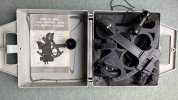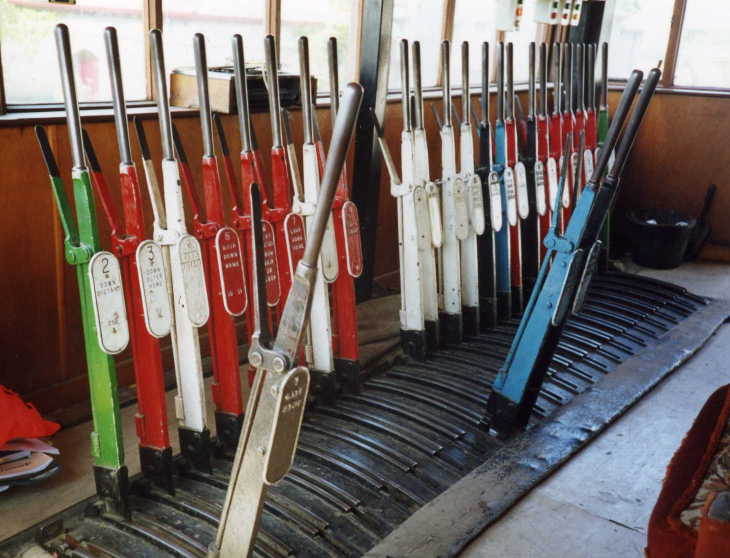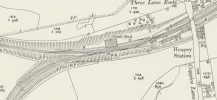oldravendale
Western Thunderer
Hi again Simon.
This may make for rather more interesting movements than I'd thought. (I planned to travel on the branch a month or so ago but the trains from Rothley were so crowded that I intend to try another day). However, there's a Youube on
At around 11 mins the movements to actually get on to the branch are featured.
Brian
This may make for rather more interesting movements than I'd thought. (I planned to travel on the branch a month or so ago but the trains from Rothley were so crowded that I intend to try another day). However, there's a Youube on
Brian








